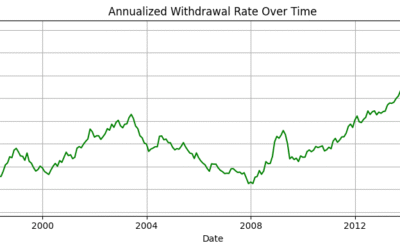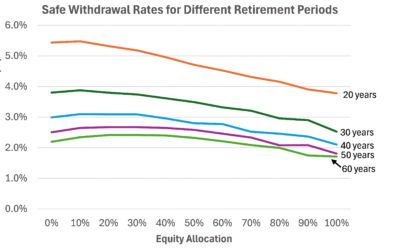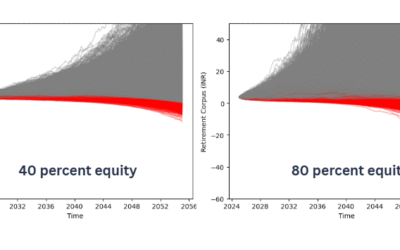Neither are realistic options and India’s debt would shoot up even if RBI were to print extra money for it
On 12 May, Prime Minister Narendra Modi announced a stimulus package of ₹20 trillion to fight the economic fallout of the covid pandemic. Since then, several unorthodox ideas have been floated to raise funds for it without straining government finances. Among the suggestions are the printing of currency, and using foreign exchange reserves or household gold. These ideas are not practical and can’t help the government escape the additional debt burden arising from its stimulus bill.
To examine these ideas, we first need to familiarize ourselves with a typical central bank balance sheet. The liabilities side of it comprises the currency in circulation, commercial bank reserves (money kept by lenders with it) and government reserves (State balances kept with it). The asset side has forex reserves, government securities and gold. The balancing item represents the central bank’s equity and accumulated surplus.
Against this background, let us address the elephant in the room—printing currency to finance the stimulus bill. Doing this would increase the liabilities of the Reserve Bank of India (RBI) under “currency in circulation”, but it first needs to acquire assets to offset this increase in liability. These assets could be government securities, forex reserves or gold. Thus, one way for the government to finance its expenditure would be to issue government bonds and ask RBI to print currency with which to subscribe to such bonds. This is known as deficit monetization.
Until 1997, deficit monetization was automatic, granting the Centre much leeway in managing its finances. That year, the government and RBI struck an agreement to stop automatic monetization. As a result, the government was compelled to issue bonds in the debt market, and if RBI wanted to lend the government a helping hand, it would buy bonds issued by it from the debt market but not directly from it.
Even if the government and RBI were to sidestep the 1997 compact as an emergency measure, it is important to note that for the central bank to print money, the government would have to issue bonds to it, which will increase government debt. If the intention behind issuing bonds to RBI is to prevent an increase in government debt held by the public, it is not clear that such an objective can be met. This is because to keep inflation in check, RBI may have to sterilize deficit monetization by selling some of its government bonds to the public and thus reducing money supply.
Another proposal doing the rounds to finance the stimulus bill is for monetizing the gold held by households in India. This would first involve the government buying gold from households in exchange for its bonds. Then, the accumulated gold would be bought by RBI from the government with newly printed currency. The difference between this proposal and the one discussed earlier is that instead of creating new money to acquire government bonds, RBI would be doing the same to acquire gold.
Like in the case of printing currency by issuing bonds to RBI, this too involves the Centre taking on additional debt. It’s just that instead of the central bank, it’s Indian households that would be subscribing to newly issued government bonds.
For purists, printing currency using gold might provide some comfort. However, any proposal that involves households swapping their gold for government bonds cannot be taken seriously. Gold monetization schemes in the past have yielded only mild success. Indians have a strong fascination for the yellow metal. To expect them to shift from investing in gold to dabbling in government bonds is a fantasy.
Yet another proposal is for using RBI’s forex reserves, which have crossed $500 billion. A big fallacy of this proposal is that it ignores the fact that against every dollar of forex reserves shown by RBI on the asset side, an equivalent rupee amount has already been created on the liability side. This is because whenever RBI acquires foreign currency, it pays for it using the Indian rupee. Thus, no additional currency can be printed against such already-acquired reserves.
The only way our forex reserves can be used for generating additional resources is by pledging them to a third party. This transaction would be similar to individuals taking a loan against their property. However, while an individual can approach a bank or a finance firm for such a loan, who would RBI pledge its forex reserves to?
There is no need to dwell on this question further, as there is a larger issue involved. The pledging of RBI’s assets to raise funds is done only under extreme circumstances. For instance, during the 1991 balance of payments crisis, it pledged 47 tonnes of its gold to the Bank of England to secure foreign exchange to pay for our imports. It was a moment of national shame that gold from RBI’s vault had to be airlifted overseas to obtain emergency funds. We are certainly not in a situation that warrants a repeat of an exercise where RBI’s assets, be it gold or forex reserves, have to be mortgaged.
There are only three ways to finance government expenditure: taxes, debt and asset sales. Taxes and asset sales can pitch in a bit towards the stimulus bill, but there is no escaping the fact that we are staring at a higher build-up of government debt in the future. When we stop harbouring the notion that we can pay the stimulus bill without any deterioration in government finances, we will be able to see the bitter truth: There is no such thing as a free lunch.
(This article was published in LiveMint on July 22, 2020 and can be accessed from the link https://www.livemint.com/opinion/online-views/gold-and-forex-reserves-cannot-finance-india-s-stimulus-11595427670410.html)







0 Comments